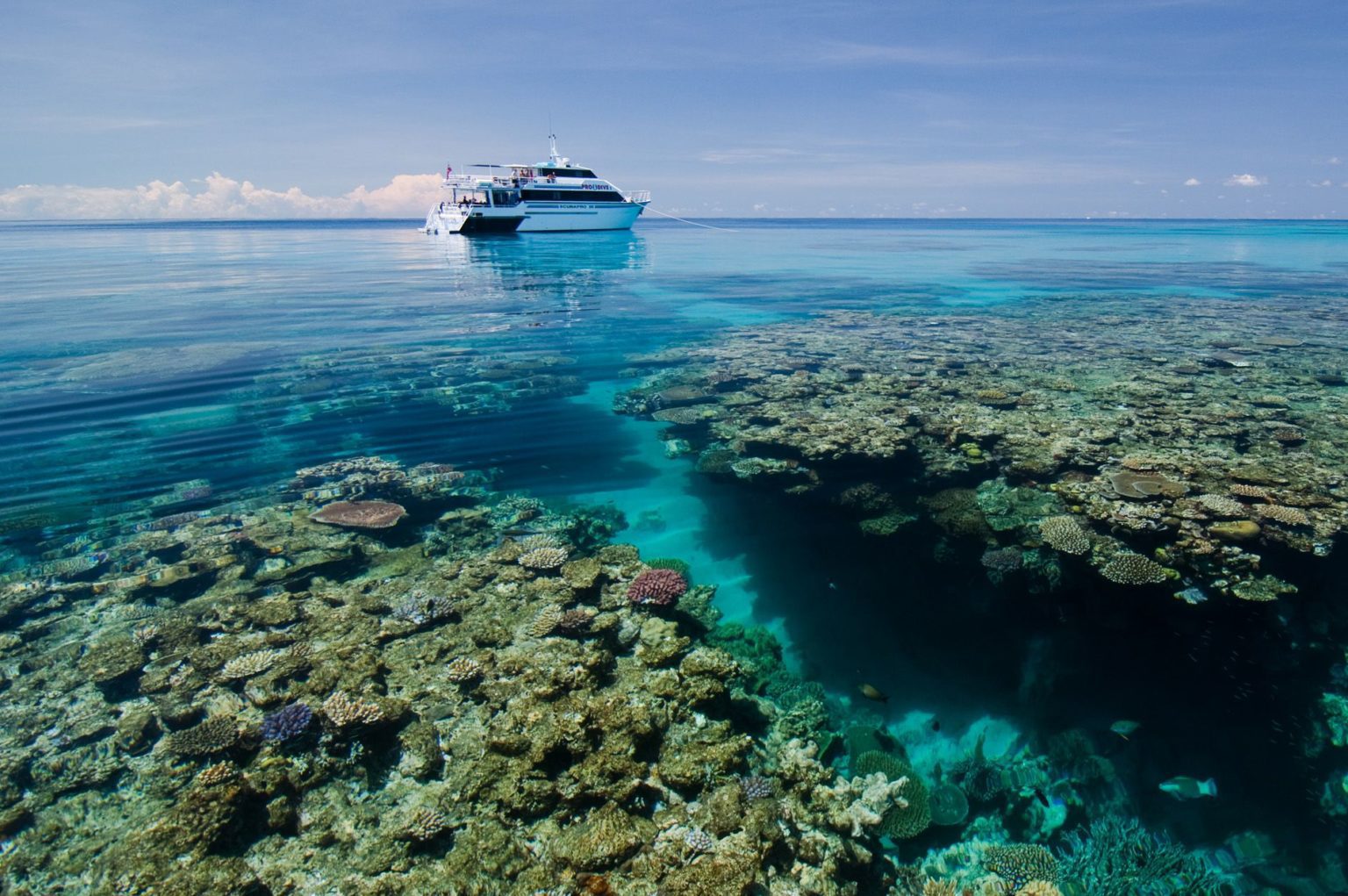Time to get your Scuba on with a Liveaboard Adventure
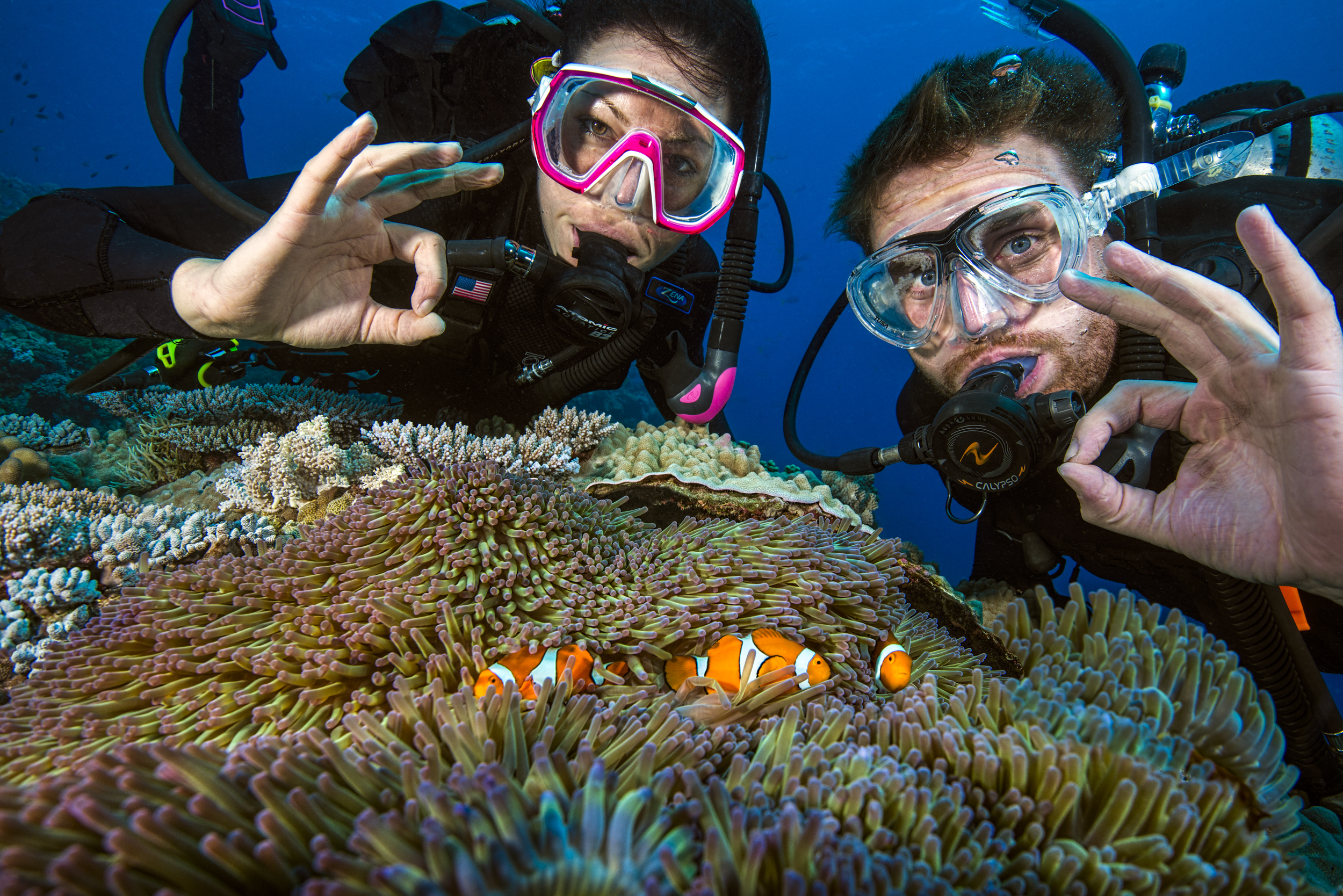
If you’ve been going through dive withdrawals lately, it’s time to come and blow some serious bubbles and blow off the COVID cobwebs with a liveaboard adventure to the natural wonder of the Great Barrier Reef.
From beginner to pro, get your diving fix
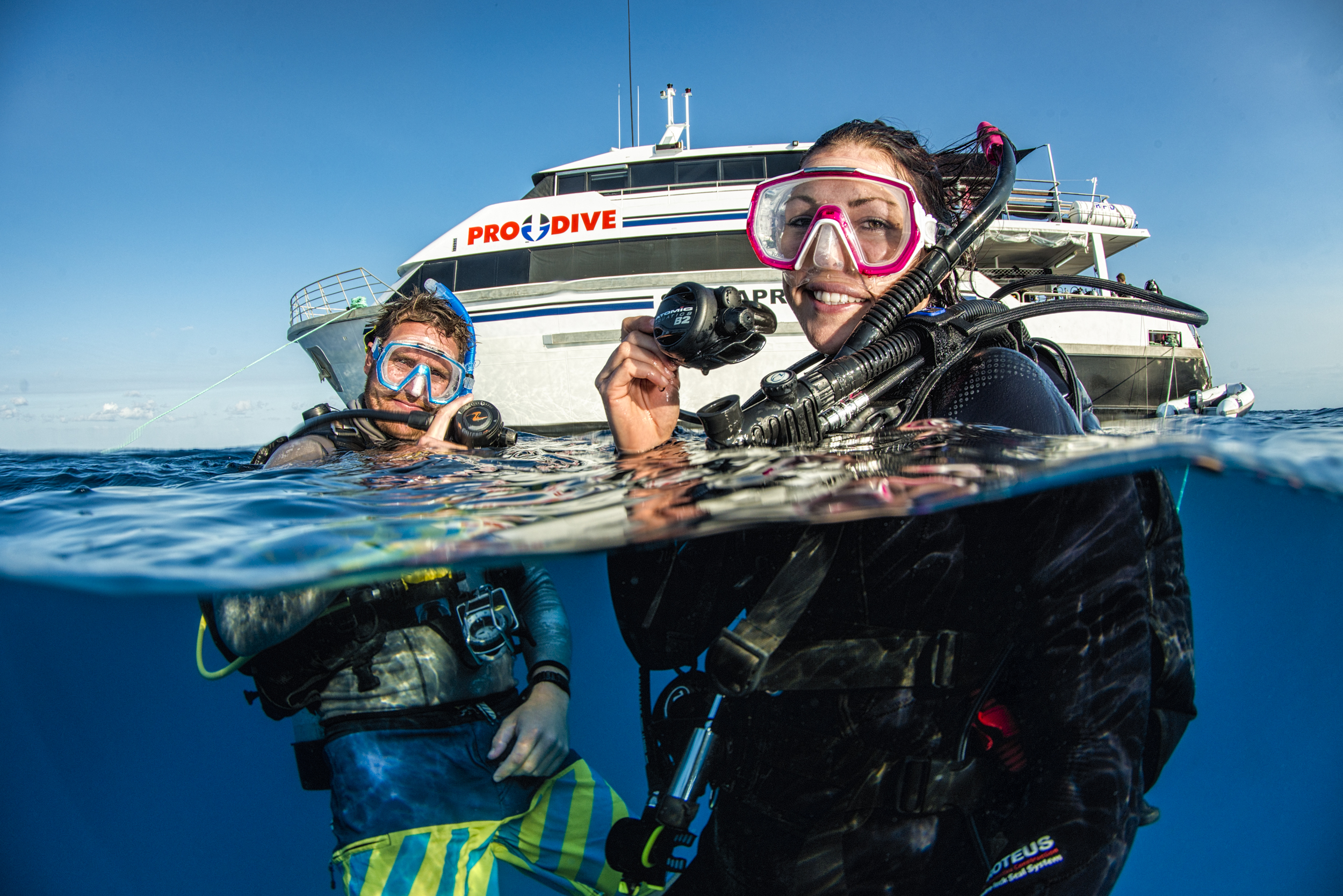
Stretching over 2300 km along Australia’s north eastern coast and covering a huge area of 35 million hectares, the Great Barrier Reef is home to some of the highest marine biodiversity and best diving on the planet.
Based in Cairns, the gateway to the Great Barrier Reef, Pro Dive Cairns has been in operation since 1983 and is recognised as one of Australia’s premier dive operators. With a 5 star PADI diver training centre and three premium liveaboard dive vessels, Pro Dive Cairns specialises in diver training for beginners to professional, and 3 day/2 night liveaboard dive trips. On each trip you’ll generally find a mix of skill levels on board including certified divers and people completing dive training such as Open Water, Advanced, Nitrox, Rescue and Divemaster courses.
What can divers expect?
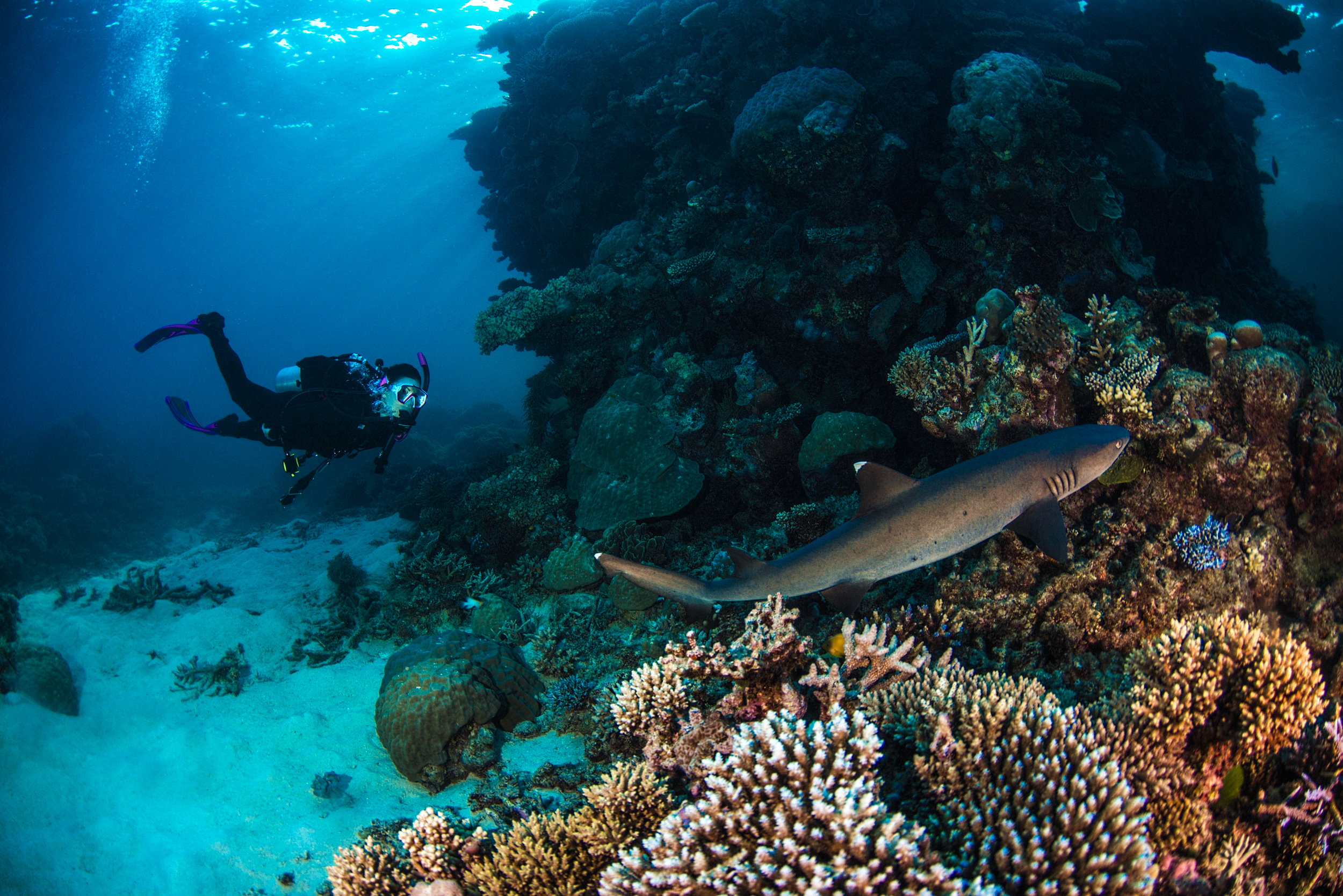
A liveaboard trip is the ideal way to immerse yourself in diving morning, day and night. Pro Dive Cairns 3 day/2 night liveaboard trip gives certified divers the opportunity to do up to 11 dives (9 day and 2 night dives) as well as some great snorkelling. In between dives, there’s plenty of time to relax and take in the spectacle of the Great Barrier Reef – there’s nothing like a sunset over the Reef! Diving at different times throughout the day, you will be able to experience incredible marine diversity and a whole new cast of nocturnal creatures during the night dives.
Each trip, Pro Dive Cairns visits a selection of 19 exclusive Outer Reef dive sites located at Flynn, Thetford, Milln and Pellowe Reefs. They’re chosen for their abundance and variety of marine life, spectacular coral formations and consistent visibility with each site offering different experiences.
At “Cucumber Alley” located at Pellowe Reef, a small isolated reef located close to the edge of the Continental Shelf, divers can experience an exciting wall dive and great swim through. Being closer to the Shelf, expect to see large pelagic fish along with schools of giant trevally, grey and white tip reef sharks, numerous sea cucumbers and nudibranchs.
Over at “Whale Bommie” at Milln Reef there’s an excellent wall dive and with a maximum depth of 30metres, is a great deep dive. It’s also an exciting night dive. Expect to see sleeping parrot fish in their mucous sacks, turtles, painted lobsters and some great soft corals and gorgonian fans. Flynn reef is turtle city!
Generally not a deep dive destination, these GBR dive sites have an average depth range of 10 – 25 metres. As coral relies on sunlight for growth, some of the best snorkelling and diving can be done in shallow areas around the reef top.
What unique encounters can divers expect?
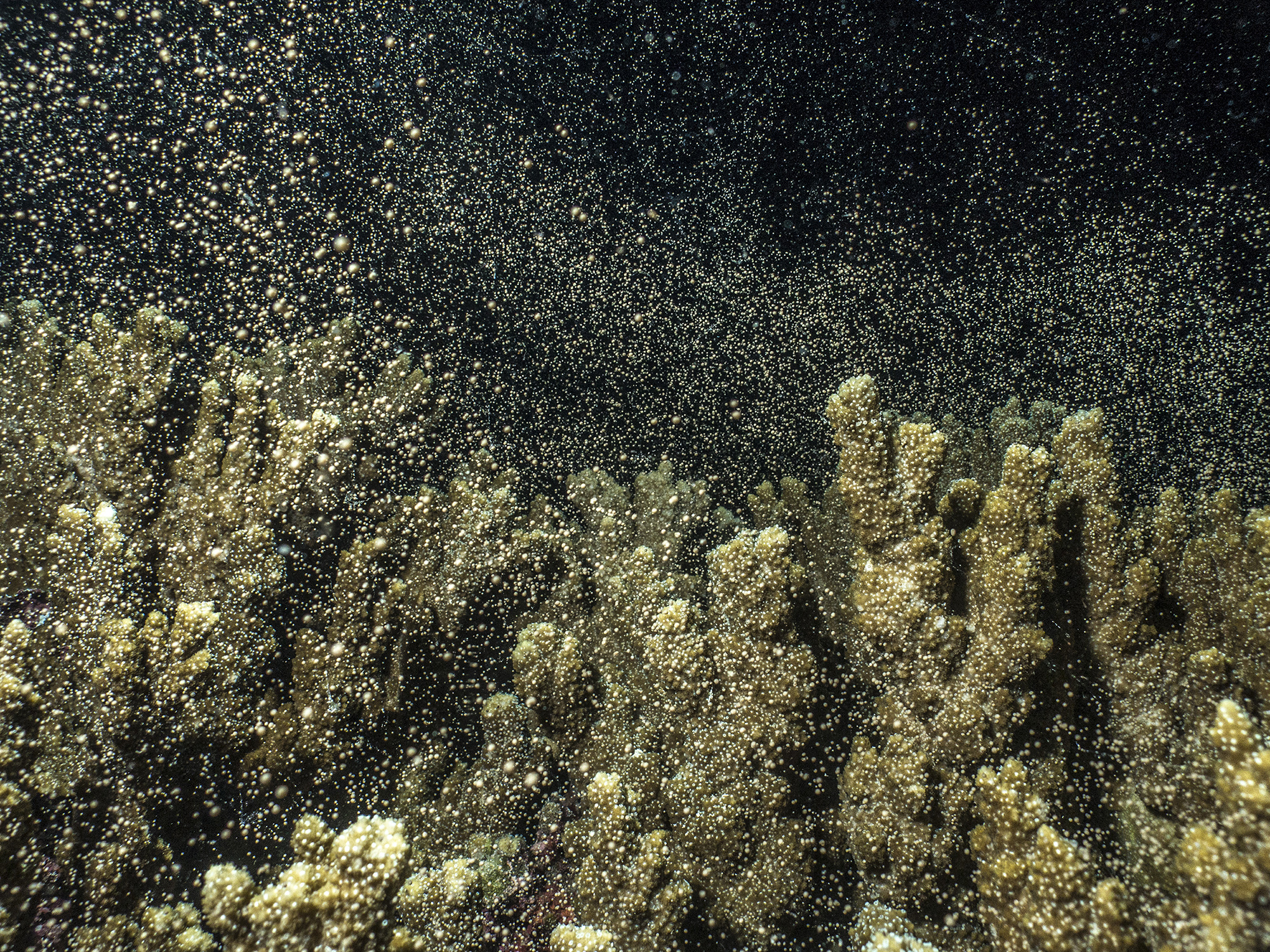
If you are visiting between the months of May to September, while certainly not guaranteed, there is the added bonus of potential whale sightings. Humpback whales regularly migrate from Antarctic waters every winter to the warmer waters of the Great Barrier Reef and most commonly sighted from June to September.
But it’s the smaller minke whales, most commonly sighted from June to July, that make for a very unique in-water experience. Pro Dive Cairns has one of the few permits issued by Great Barrier Reef Marine Park Authority to allow guests to swim with dwarf minke whales. Conducted under a strict code of practice for a safe encounter, it’s actually the naturally inquisitive minkes that decide how close they interact. While encounters are never guaranteed, you just might get lucky during one of Pro Dive Cairns liveaboard trips.
The annual phenomenon of coral spawning, or sex on the reef as it’s often described, is a truly unique experience for night divers. It’s Mother Nature’s way of maintaining a robust coral gene pool and was first witnessed on the Great Barrier Reef by marine biologists in 1982. It usually occurs in November or December but predicting the date is not an exact science. It relies on several environmental cues.
The ocean temperature needs to be 26 degrees celcius or above for the month before for the gametes to mature. Secondly, the corals generally reproduce 4 to 6 nights after the full moon when there is little tidal movement. Thirdly, it will generally be about 2-3 hours after the sun sets (nice and romantic!) when most of the plankton feeders will be asleep, giving the eggs more time to settle to the relative safety of the reef.
What are the local ocean conditions?
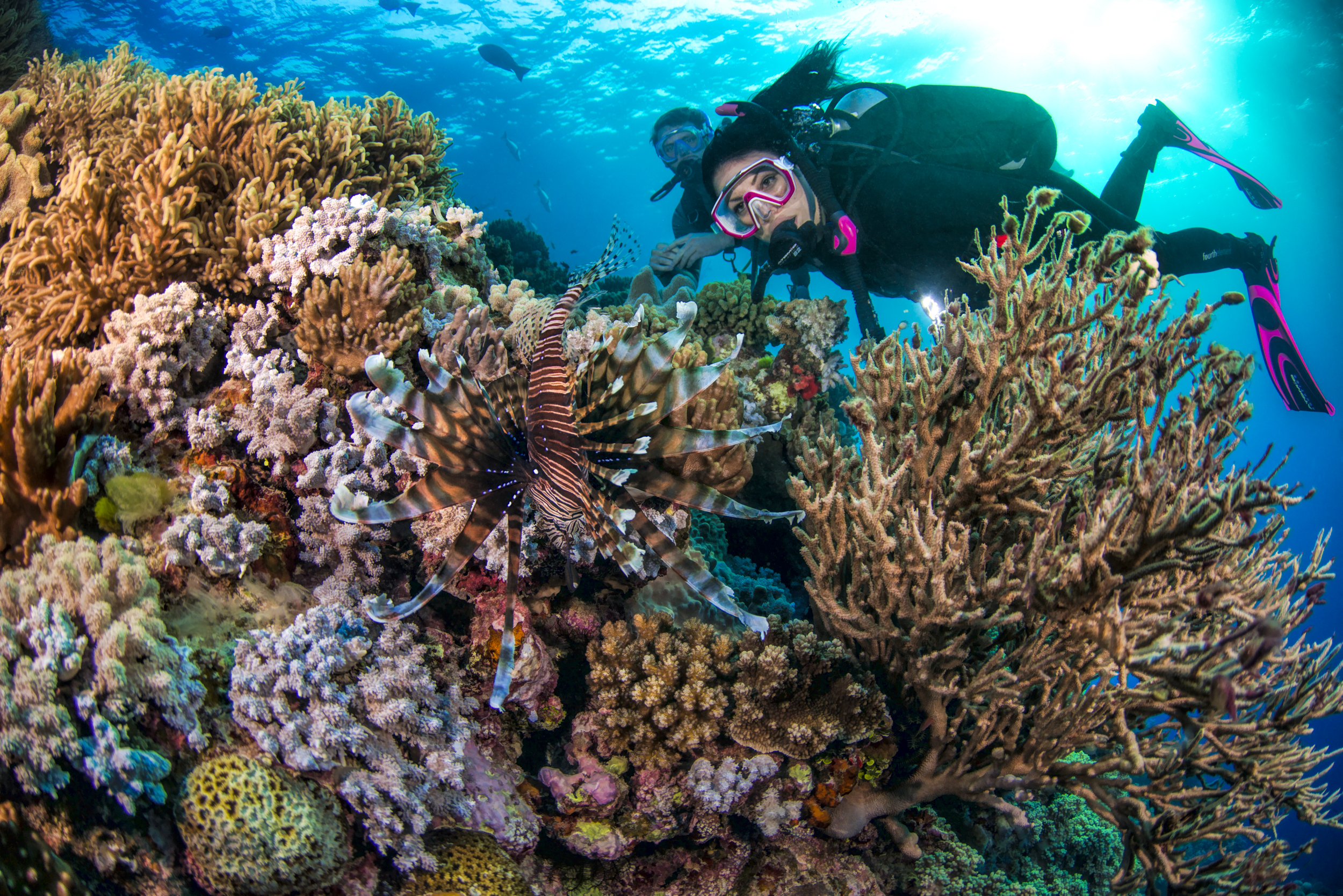
The warm waters of the Great Barrier Reef and North Queensland make it great for year-round diving. Average water temperatures in summer are a balmy 29c (83f), Autumn 25c (76f), Winter 22c (72f) and Spring 25c (76f). Access to some dive sites may be subject to tidal conditions and average visability is generally greater than 20 metres.
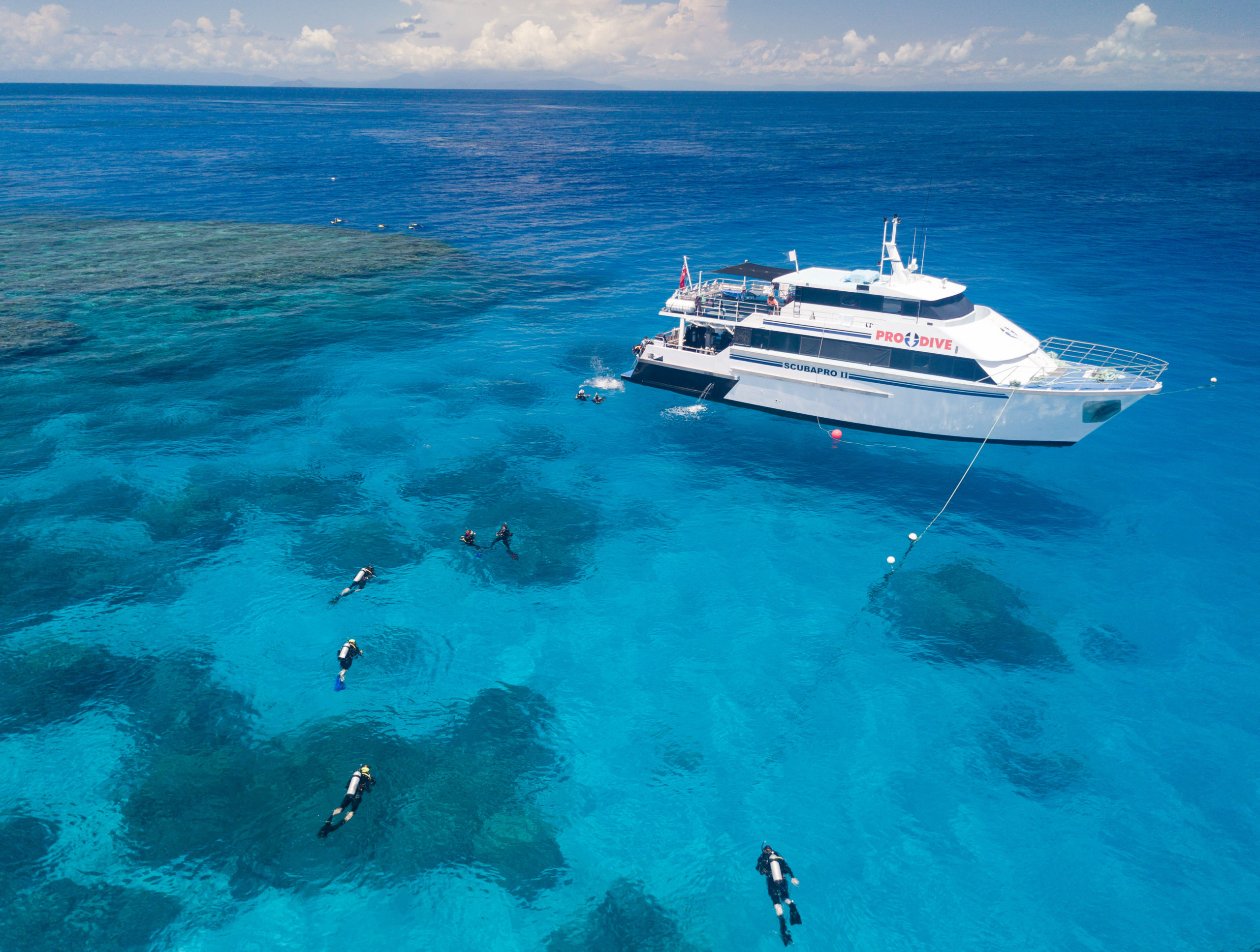
COVID Safe
For your peace of mind, Pro Dive Cairns has additional COVID Safe measures in place so you can enjoy your dive holiday with confidence. Check out www.prodivecairns.com for more information and get ready to drift into the deep blue for some Vitamin Sea!
Click here for Scuba Diver ANZ issue 32
